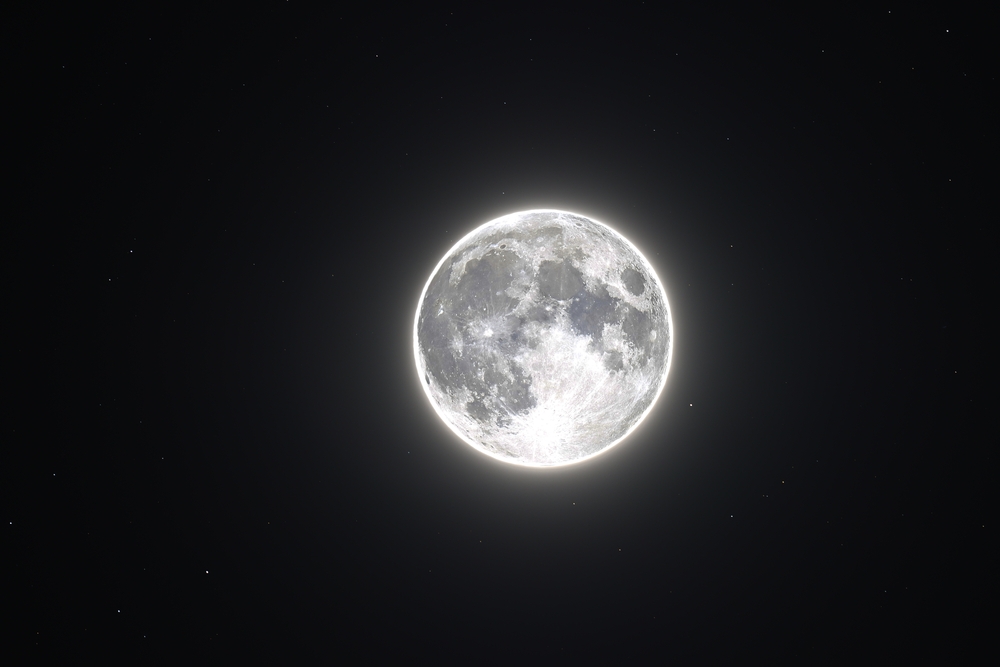Moments of Light on the Moon’s Dark Side
Others are reading now
Moments of Light on the Moon’s Dark Side
Cosmic Impacts and Lunar Mysteries
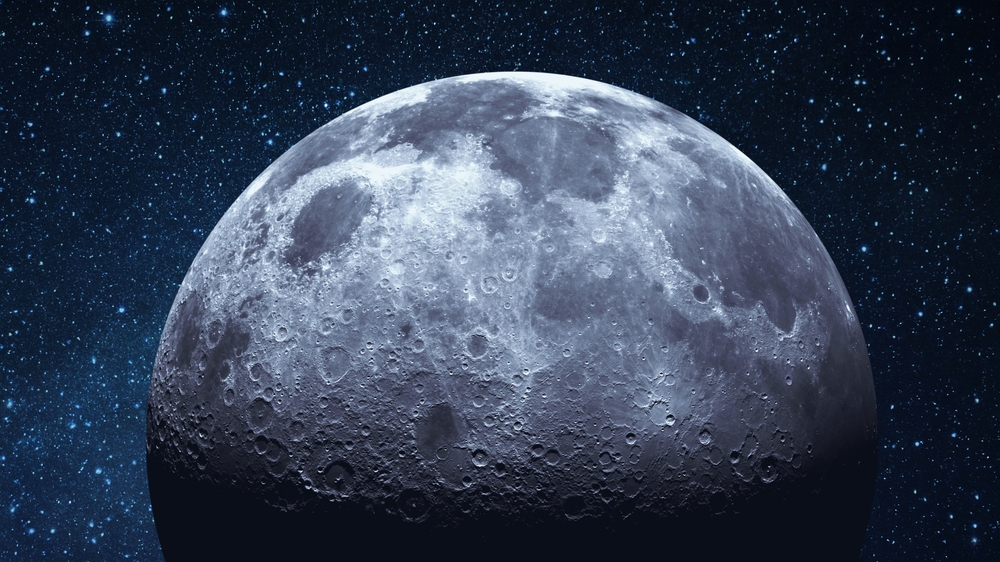
For as long as humans have observed the night sky, the Moon has stood as a silent witness to the drama of our solar system. Without an atmosphere to protect it, its surface is scarred by countless craters, each one a record of ancient impacts.
Yet even today, new collisions continue to shape its surface — fleeting flashes of light marking the arrival of space rocks traveling at tremendous speeds.
A Rare Observation Caught on Camera
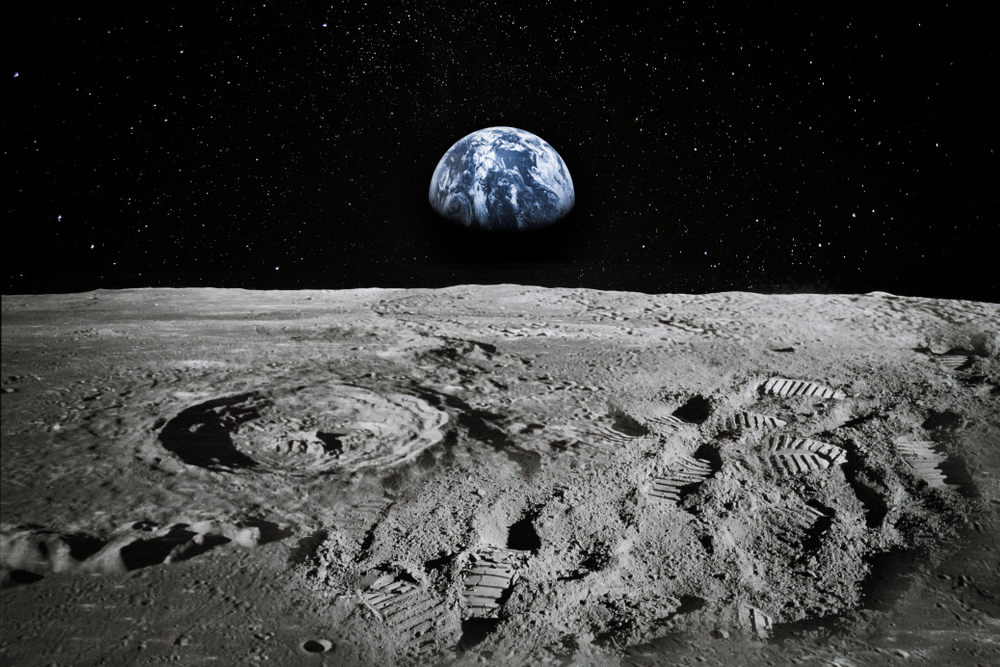
According to reports from WPTech, Japanese astronomer Daichi Fujii recently recorded two brief flashes on the Moon’s dark side, believed to have been caused by small space rocks from the Taurid meteor shower.
The flashes, visible from Earth for only a fraction of a second, were captured by cameras at the Hiratsuka City Museum, where Fujii serves as curator. Footage of the events was shared on his X account, quickly attracting attention from astronomy enthusiasts worldwide.
Also read
Details of the First Impact
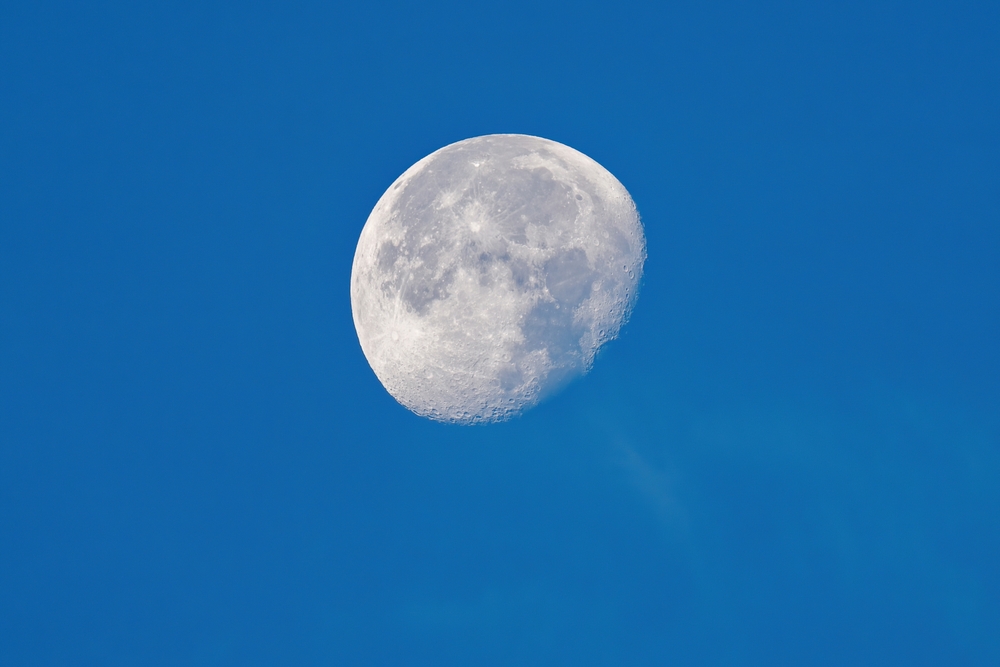
The first flash was recorded on October 30th at 8:30 PM Japan time, according to Fujii’s data. Calculations revealed that a 0.2-kilogram meteoroid, traveling at roughly 27 kilometers per second, struck the Moon east of the Gassendi crater at a 35-degree angle.
A Second Flash Over the Lunar Seas

A second impact was observed on November 1st at 8:49 PM Japan time, creating a brief flare west of Oceanus Procellarum, one of the Moon’s vast lunar maria.
According to WPTech, this event has not yet been confirmed as part of the Taurid meteor shower,
The Science Behind Lunar Impacts
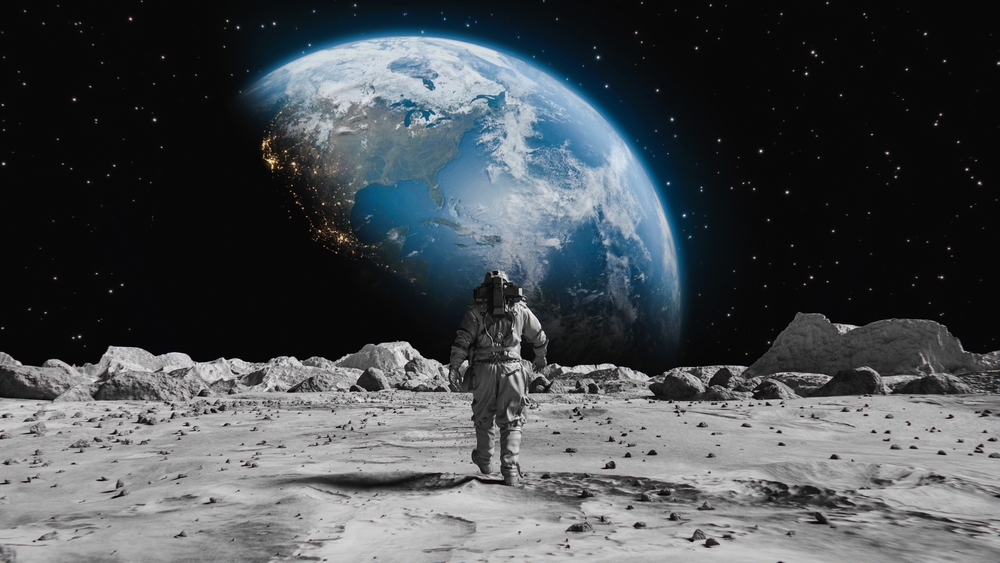
Meteorite impacts on the Moon differ dramatically from those on Earth. WPTech notes that because the Moon lacks an atmosphere, space rocks do not slow down before impact. As a result, they strike the surface at speeds between 100,000 and 250,000 kilometers per hour.
At these velocities, even a pebble-sized object can generate an explosion bright enough to be seen from Earth and leave a lasting crater on the lunar surface — a small but powerful reminder of the Moon’s constant exposure to the cosmos.
Also read
Understanding Our Nearest Neighbor

These recent observations are a striking reminder that the Moon is not a static relic but an active and ever-changing body within our solar system.
Each flash seen from Earth represents a moment of cosmic connection, offering scientists insight into the nature of meteoroids and the forces that continue to shape our celestial neighbor.
As technology advances and more astronomers monitor the Moon, our understanding of its ongoing evolution will only deepen, revealing new details about the dynamic environment beyond our planet.

